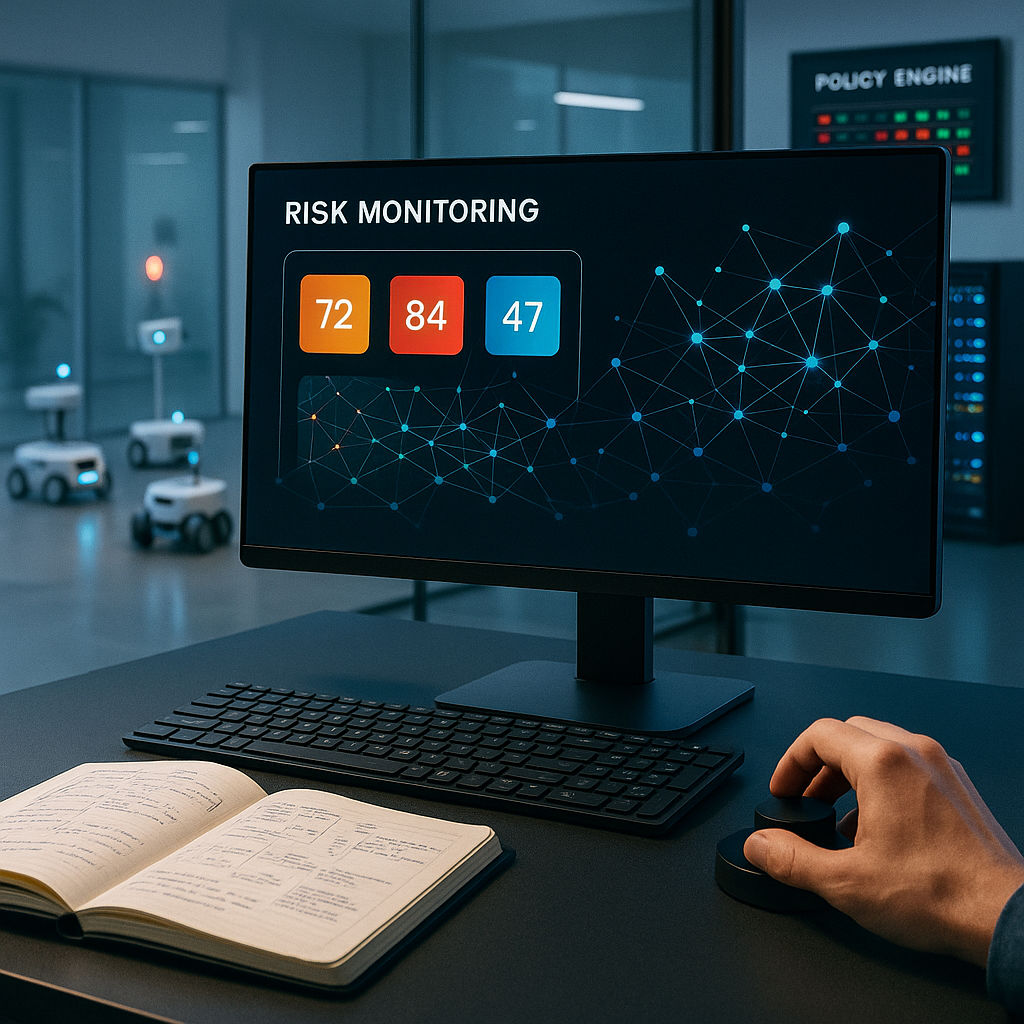Closing
Depending on where you stand, AURA and AAGATE are either the long-awaited safety rails or the birth of algorithmic bureaucracy. Advocates call continuous scoring and zero-trust meshes pragmatic scaffolding; critics see “auditability theater,” risk scores ripe for Goodharting, and HITL oversight that devolves into consent clicks. The policy engine’s explainability can mask power asymmetries—who sets the rules, who verifies the verifiers? Runtime observability creates a lucrative but fragile control plane: a single pane of glass can become a single point of failure. Costs and latency are nontrivial; telemetry can morph into surveillance; and cross-border standards risk splintering into incompatible risk dialects. The mantra “you can’t pre-approve safety; verify in operation” is provocative—some domains still demand pre-approval or outright prohibition. Meanwhile, liability remains a hot potato: when autonomy improvises at machine speed, accountability may lag at human speed.
Yet precisely because these tensions are surfacing, a counterintuitive path opens. If AURA’s gamma scores and AAGATE’s policy controls become portable signals, risk stops being a compliance tax and starts functioning like market infrastructure—closer to credit ratings or TLS certificates. Agents could carry live “attestation passports” that price insurance, gate privileges, and enable safe interop across organizations. Paradoxically, tighter runtime governance can expand autonomy: guardrails buy permission to operate, unlocking more ambitious use cases with lower systemic risk. Standardization may crystallize not from regulators first, but from insurers and cloud platforms demanding compatible telemetry. And the most surprising turn: A2H/A2A channels can invert oversight—agents auditing one another and, at times, auditing us—creating reciprocal accountability rather than one-way control. The endgame is not a heavier rulebook but a lighter, continuously verified fabric where trust is a live signal, not a label—and where the safest systems are also the most adaptive.
